Inside the Breakneck Cut of Paul Thomas Anderson’s “One Battle After Another” With Editor Andy Jurgensen
The best-reviewed movie of the season is also the most relentless. Paul Thomas Anderson‘s Oscar front-runner One Battle After Another races through its two-hour fifty-minute run time propelled by adrenalized performances from Leonardo DiCaprio, Sean Penn, Chase Infiniti, Teyana Taylor, Benicio Del Toro, and Regina Hall as revolutionaries in the French 75 (in the case of DiCaprio’s Bob, Teyanna Taylor’s Perfidia Beverly Hills, and Hall’s Deandra), some of them radicalized military goons (Penn’s Col. Steven J. Lockjaw), and one a charismatically calm leader of an underground railroad ferrying migrants to safety (Del Toro’s Sensei Sergio St. Carlos). We’ve left out Chase Infiniti’s Willa, who will become the centrifuge around which the film’s characters rapidly spin, and spin out.
The sprawling narrative, filmed mainly in California on vintage VistaVision cameras, rarely pauses for breath thanks to a diamond-sharp editing by Andy Jurgensen. Describing the film’s helter-skelter pace, Jurgensen, who earned a BAFTA nomination for cutting Anderson’s 2021 Licorice Pizza, says, “Paul always talks about how we don’t have to spoon-feed the audience about what you’re supposed to pay attention to. If somebody’s confused or doesn’t quite get it, they will eventually catch up. With Paul, it’s about trusting the audience.”
From his Los Angeles home, Andy discusses intercutting for momentum, collaborating with composer Jonny Greenwood’s music cues, and piecing together the film’s epic third-act car chase.
The pacing feels urgent, like the story’s being shot out of a cannon. How did you get started?
Well, I traveled with production to all of our locations because Paul likes to do daily screenings at the end of each day. They’ll shoot, we’ll set up a theater and watch footage from the day before.
That “we” includes the cast?
Sometimes. Department heads, crew members who want to come – it’s a communal experience where Paul’s watching the footage big on the screen – we actually took the VistaVision projector with us – and playing music from his phone that he’s got from [composer] Jonny Greenwood. I’m there taking notes, judging not only performances but also technical things, and that’s how it begins. Since we’ve already chosen the takes we want to use from watching the dailies together, I can start assembling things while they keep shooting.
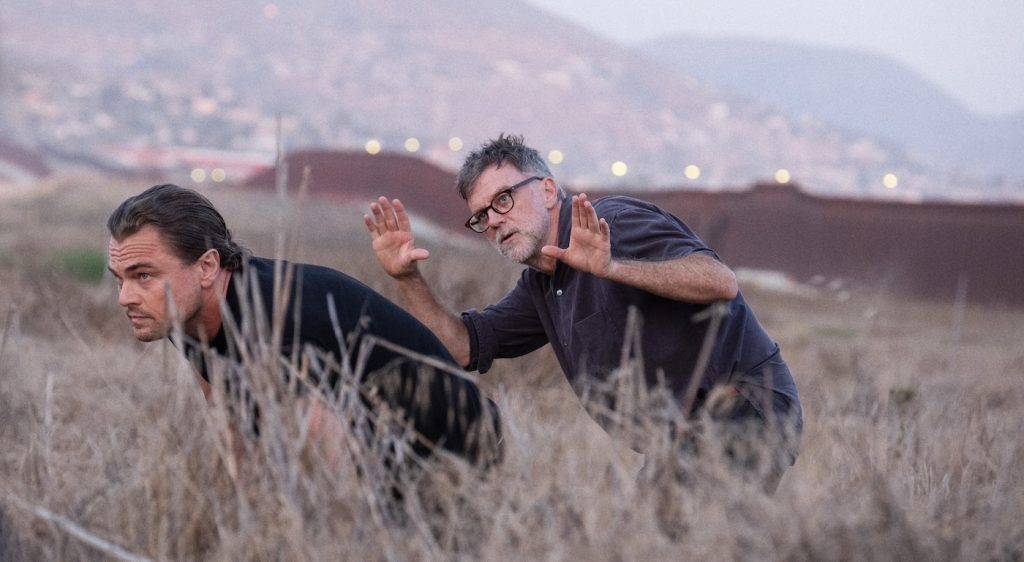
And that gives you a head start on post-production?
And we also had a hiatus for two or three months while waiting for Benicio [Del Toro] to become available. During that break, we assembled the “Prologue,” which is about forty minutes long, and the high school stuff [16 years later]. That was very helpful.
There’s not an ounce of fat in these scenes. Is that intentional?
Yeah. It’s interesting to see how Paul’s movies have evolved from early in his career to Licorice Pizza, where we always talked about keeping the momentum moving. With Battle, especially for that Prologue, we did the same thing, trying to get a snapshot of a shot. It might have a beginning, but we get out of the scene really quickly, because that creates a dynamic cut. With One Battle, we were always thinking about doing whatever we could to keep the energy up.
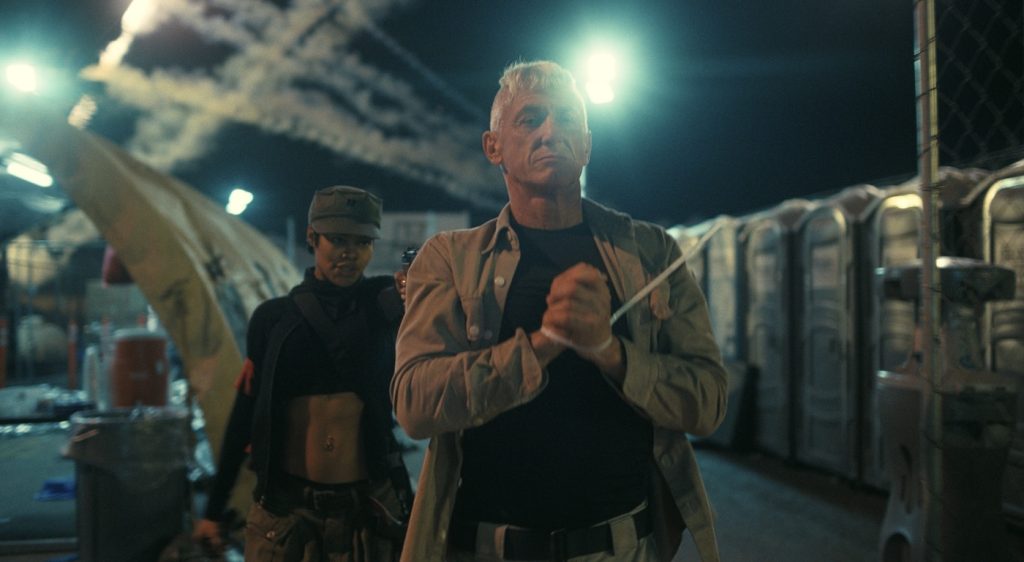
The movie opens with this massive orchestral block of music that accompanies Teyana Taylor’s Perfidia walking alongside a noisy freeway. Then, this jittery solo piano ratchets up the tension even more. Did Jonny Greenwood’s music play an integral role in shaping the edits?
Jonny wasn’t really scoring to picture early on. He’d read the script and send ideas to Paul. For example, in the Sensei sequence [where Benicio Del Toro’s Sensei character helps Leonardo DiCaprio’s “Bob” escape from soldiers led by Sean Penn’s Colonel Lockjaw], that’s 25 minutes of music straight through the entire sequence — interrogation, Willa [Chase Infiniti] in the van, immigrants escaping through the trap door, Bob on the phone trying to get information and running up to the roof to escape. Jonny created all those peaks and valleys. I cut up his temp score to hit where we wanted it to hit, then he added layers to make the scene get even more intense.
That “Sensei” sequence is one of several where you intercut between multiple streams of action. With so many moving parts, how do you keep track of all that material?
Everything’s organized by scene number, which I then sort by takes and shots within bins — basically folders in the AVID editing system, which are also thumbnails, so you can see a picture of it. Knocking down the gates would be its own scene. Going up stairs, it’s own scene. Everything interior, its own scene. Then you might go, “What if we moved these shots around?” It’s easy to grab [a scene], lasso it, move it up [in the sequence] so you can see the idea, even if it’s crude. Then you can finesse it.
You make it sound easy, but moving shots around – that’s a major part of your job, right?
Yes, but by now it’s second nature. [laughing] I’m so plugged in to the [Avid] program, my left hand on the keyboard, right hand on the mouse, it’s like I’m one with the system.
The movie’s first car chase, when Perfidia tries to escape a disastrous bank robbery through traffic-clogged downtown Sacramento, feels visceral in an old-school kind of way.
Paul was inspired by The French Connection, so the stunt coordinators and everybody on set had that goal in mind: The French Connection. We didn’t have any music, no CGI. It was all about the car, the revs, the scraping of the metal, real cars hitting each other, and this overwhelming sound of a helicopter. Then we cut out abruptl,y and there’s Perfidia on the ground being handcuffed. We wanted an impactful ending.
Amid all this breakneck momentum, you did slow things down a few times, right?
For the [secret White supremacist] Christmas Adventurers Club scenes, we gave our audience a chance to breathe with static shots and close-ups. There’s another moment when Bob’s in the car, talking to Sensei about not knowing how to do Willa’s hair. It’s a sweet scene that allows the audience to exhale one more time before the action ramps up again and never stops until the end.
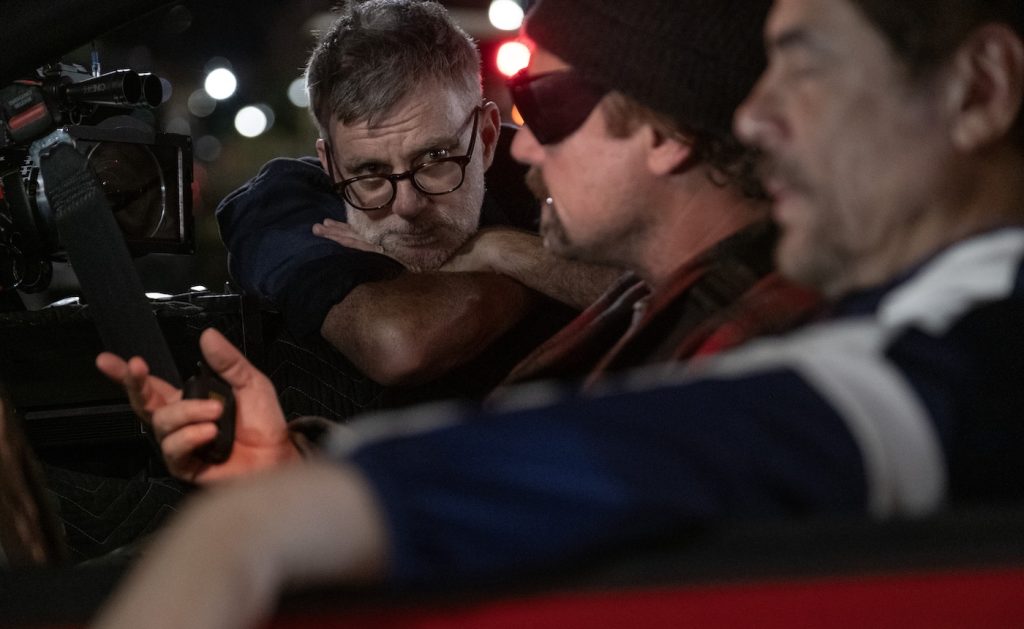
The end being that insane car chase in the hills of San Diego County. Did you witness the making of that sequence in person?
I did not go to set for the chase stuff because I kind of wanted to stay objective. It was difficult because we had all these different perspectives: in front of Willa’s car and behind Willa’s car. In front of Tim Smith’s car, behind his car, and once Bob gets in the picture, we’re behind him, with the two cars in front seen from his point of view. I built assemblies of the best shots from each of those different angles. We always knew the final action would take place in the “Texas Dip” [in Borrego Springs], so we had a vague idea of how it would all turn out. But that sequence was definitely created in the editing room.
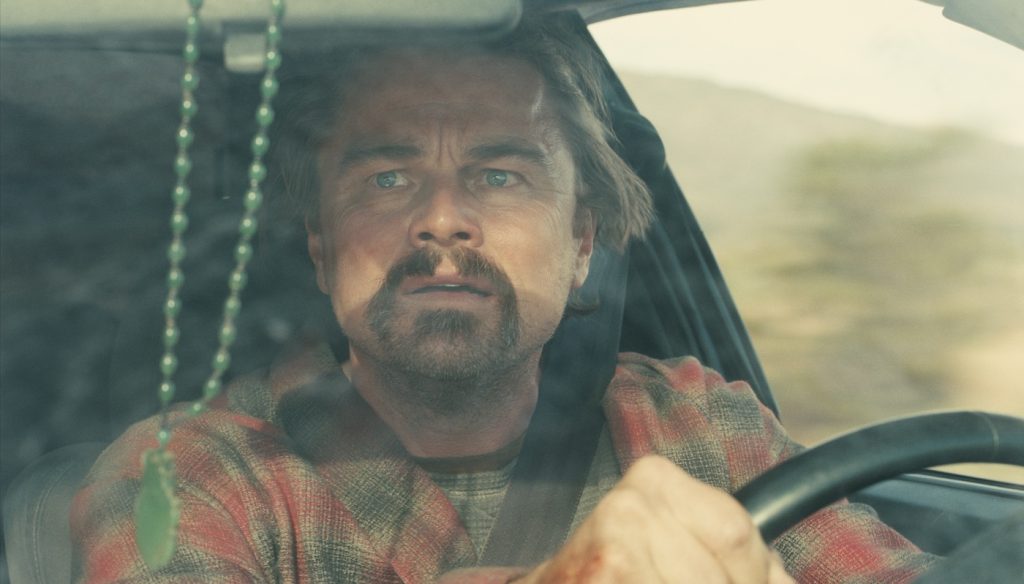
You started working with Paul Thomas Anderson back in 2014 on Inherent Vice, then Phantom Thread, then music videos for Haim, then Licorice Pizza, and now One Battle After Another. Safe to say, at this point, you guys are on the same wavelength?
We are! I think I know his sensibility.
And how would you define that sensibility?
Paul likes things complicated, not black and white. He wants there to be a humanity to his movies, which is why he likes to shoot on film. There’s an organic quality to it, and happy accidents can happen, not just in the look but in the performances. Even sound! We record all sorts of stuff on set, and if there’s some weird thing, we’ll grab that and put it in because it sounds more real than some canned sound effect. That’s the best way I can describe Paul. He embraces imperfections.
Part of Battle was shot in Texas, but most of it was filmed in California, where you and Paul live. Was it meaningful to shoot a project of this scale, given its impact on the local filmmaking economy?
One hundred percent! We were filling up hotels, setting up our screening rooms, and using restaurants for our catering. It was nice to go to all these locations, and they enjoyed having us!
Hitting theaters at this moment in American history, One Battle After Another dramatizes themes of racism, immigration, activism, and fascism in a timely way. Working on your edit of the movie, were you struck by the story’s resonance with current events?
Absolutely. What’s interesting is that we shot before the election, but putting the movie together at the end of last year and then doing test screenings early this year, while ICE raids were happening, this felt very much like a movie for our time. The fact that it’s not fully serious, that it’s kind of lighthearted, that it does have a positive message—all of that hopefully puts an important stamp on the film so it’s not too down.
One Battle After Another is in theaters now. See it.
Featured image: Caption: LEONARDO DI CAPRIO as Bob Ferguson in “One Battle After Another.” A Warner Bros. Pictures Release. Photo Credit: Photo Courtesy Warner Bros. Pictures

